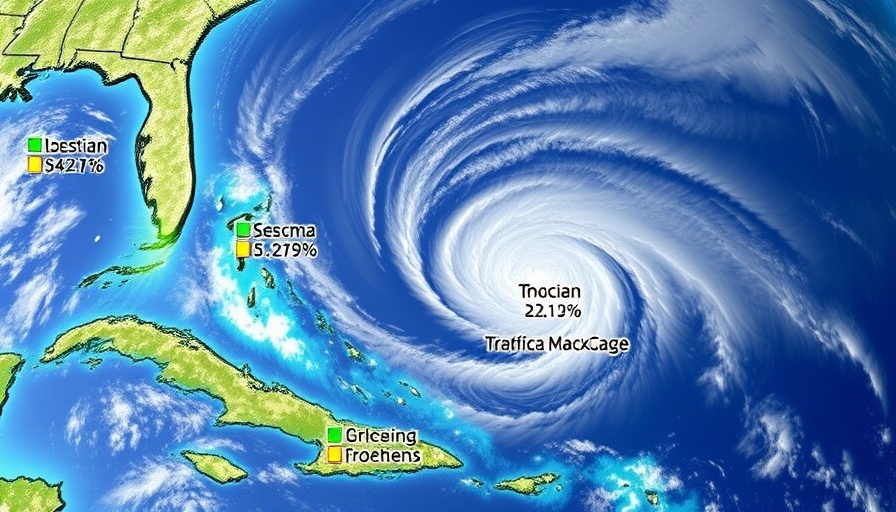
Revisiting the Gulf's Name: A Symbol of Identity
Imagine if the longstanding name of the Gulf of Mexico was changed to the Gulf of North America. Such a move could be viewed not only as an act of geographical rebranding but also a reflection of shifting power dynamics within the Americas. The suggestion, once bandied about by figures in American politics, could hold deeper significance — it symbolizes a call for unity and recognition of shared heritage and geography in a rapidly changing world.
Historical Context: Why Names Matter
The phrase “Gulf of Mexico” dates back to the mid-16th century and derives from European power projections over the Americas. Renaming it the Gulf of North America marks a notable shift in narrative — moving from a colonial legacy to a more inclusive representation of the countries surrounding this body of water. In an era where the Hispanic population in the U.S. is on the rise, emphasizing a unified North American identity might be more pertinent than ever.
Economic Integration and Cultural Ties
In discussing the idea of renaming the Gulf, we must also acknowledge the complex tapestry of cultural ties that bind the countries surrounding it. Nearly 60% of Latinos in the U.S. are of Mexican descent. This demographic reality makes a compelling case for fostering closer economic and cultural ties among the United States, Mexico, and Canada. Simultaneously, U.S. policy has started to reflect this shift, with various administrations promoting initiatives aimed at greater economic integration—efforts that reinforce the idea of a collective regional identity.
Future Trends: A Shift in Perspective
With changing demographics comes the necessity for reevaluating identities and associations. By mid-century, it is anticipated that nearly one in three residents in the U.S. will have Latin American heritage, thus making the gulf's proposed rename increasingly relevant. It may serve as a constant reminder of a future where cultural exchanges and political associations are pivotal to national identity.
Cultural Relevance: A Reflection of Community
Considering the proposed name change also sparks discussions about language and culture in America. Although President Trump’s administration emphasized English as the dominant language, Spanish—and indeed, bilingualism—has become increasingly vital in areas like Texas and Florida. The Gulf of North America could represent more than just geography; it could symbolize a growing acceptance and celebration of cultural diversity.
Conclusion: What’s In a Name?
Whether or not the Gulf of Mexico will undergo a name change may ultimately lie in how we collectively view our identity. The idea forces us to confront our historical narratives and embrace a more robust expression of regional unity. In this era of globalization, where cultural boundaries are increasingly blurred, considering a name change could not only be a mere act of description but a powerful statement of shared destiny and mutual respect.
 Add Row
Add Row  Add
Add 




Write A Comment